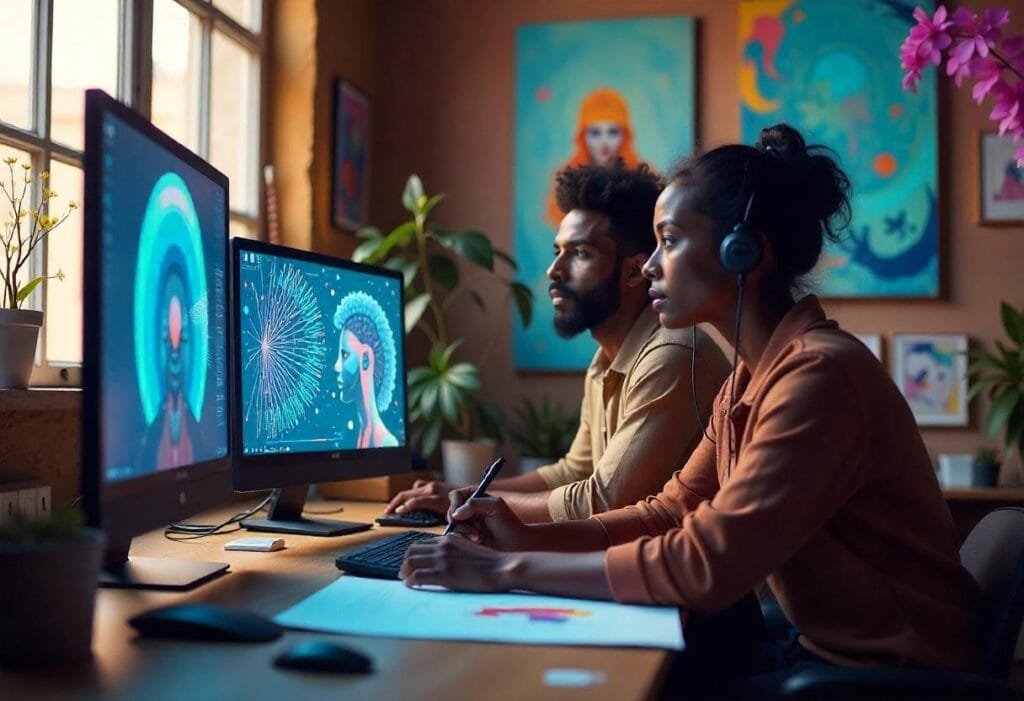Artificial Intelligence (AI) is revolutionizing the art world, sparking both excitement and controversy. With tools capable of producing stunning visuals at the click of a button, the question arises: who truly owns the creativity—the AI, the developer, or the user? Let’s delve into the ethical dilemmas surrounding AI-generated art and explore how it’s reshaping the definition of creativity.
The Rise of AI-Generated Art
AI-generated art has taken the world by storm, with platforms like DALL-E, MidJourney, and DeepArt leading the charge. These tools use algorithms trained on vast datasets of images to create original works. Whether you’re a professional designer or a curious hobbyist, AI art generators make it easier than ever to bring creative visions to life.
For instance, it helps to use the best AI image generator free for experimenting with styles and techniques that might otherwise be time-consuming or difficult to achieve manually. However, the ease and accessibility of these tools raise profound questions about authorship and originality.
Who Owns the Creativity?
The ownership debate centers on several key players:
- The AI Developers: Developers create the algorithms and train them using extensive datasets. Without their efforts, these tools wouldn’t exist. Some argue that the developers should hold the rights to the artwork produced by their AI.
- The Dataset Contributors: AI models rely on massive collections of images, often sourced without explicit consent. Artists and photographers whose work is included in these datasets may inadvertently contribute to the creation of AI-generated art, sparking concerns about exploitation and copyright infringement.
- The End Users: Users input prompts, adjust settings, and select final outputs. While they don’t directly draw or paint, their choices shape the final piece. Many users believe this makes them the rightful owners of the art.
Ethical Implications
The ethical implications extend beyond ownership:
- Originality vs. Plagiarism: If AI-generated art borrows heavily from existing works, can it truly be called original? Or does it blur the line between inspiration and plagiarism?
- Impact on Human Artists: While AI democratizes access to artistic tools, it also threatens livelihoods. Traditional artists may struggle to compete with the speed and cost-effectiveness of AI-generated content.
Navigating the Future of AI Art
To address these concerns, several steps can be taken:
- Transparent Data Usage: Developers should ensure that datasets are sourced ethically, with proper permissions from contributors.
- Clear Copyright Policies: Governments and organizations must establish guidelines to clarify ownership rights for AI-generated works.
- Collaboration Over Competition: Instead of replacing human creativity, AI should complement it. Artists can use AI as a tool to enhance their work rather than viewing it as a competitor.
Final Thoughts
The ethical debate around AI-generated art is far from settled, but one thing is clear: it’s reshaping the way we think about creativity and authorship. By fostering transparency, ethical practices, and collaboration, we can navigate this evolving landscape responsibly. Whether you’re an artist, a developer, or simply curious about the possibilities, engaging with these questions is essential as we move forward in the age of AI-driven creativity.


